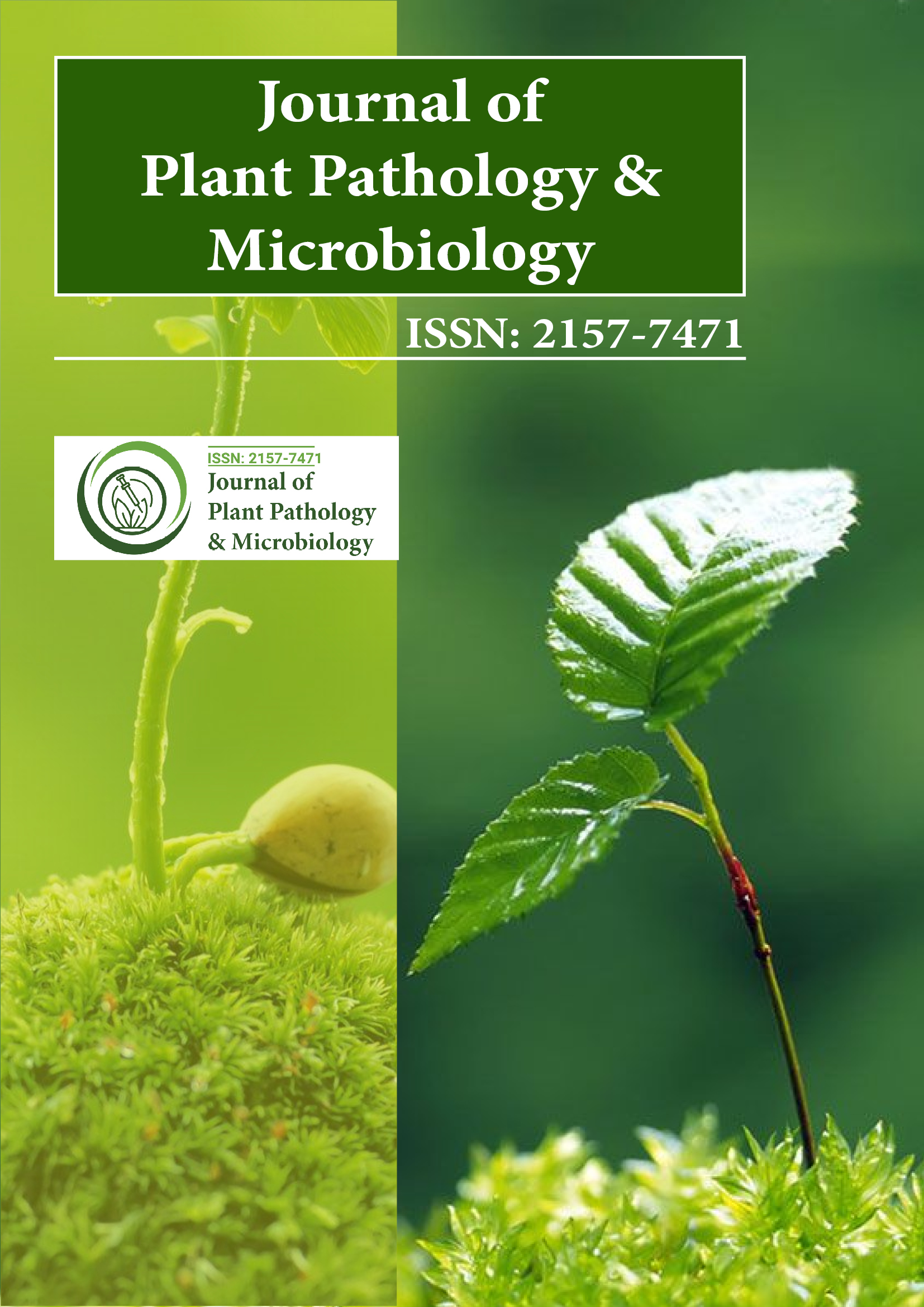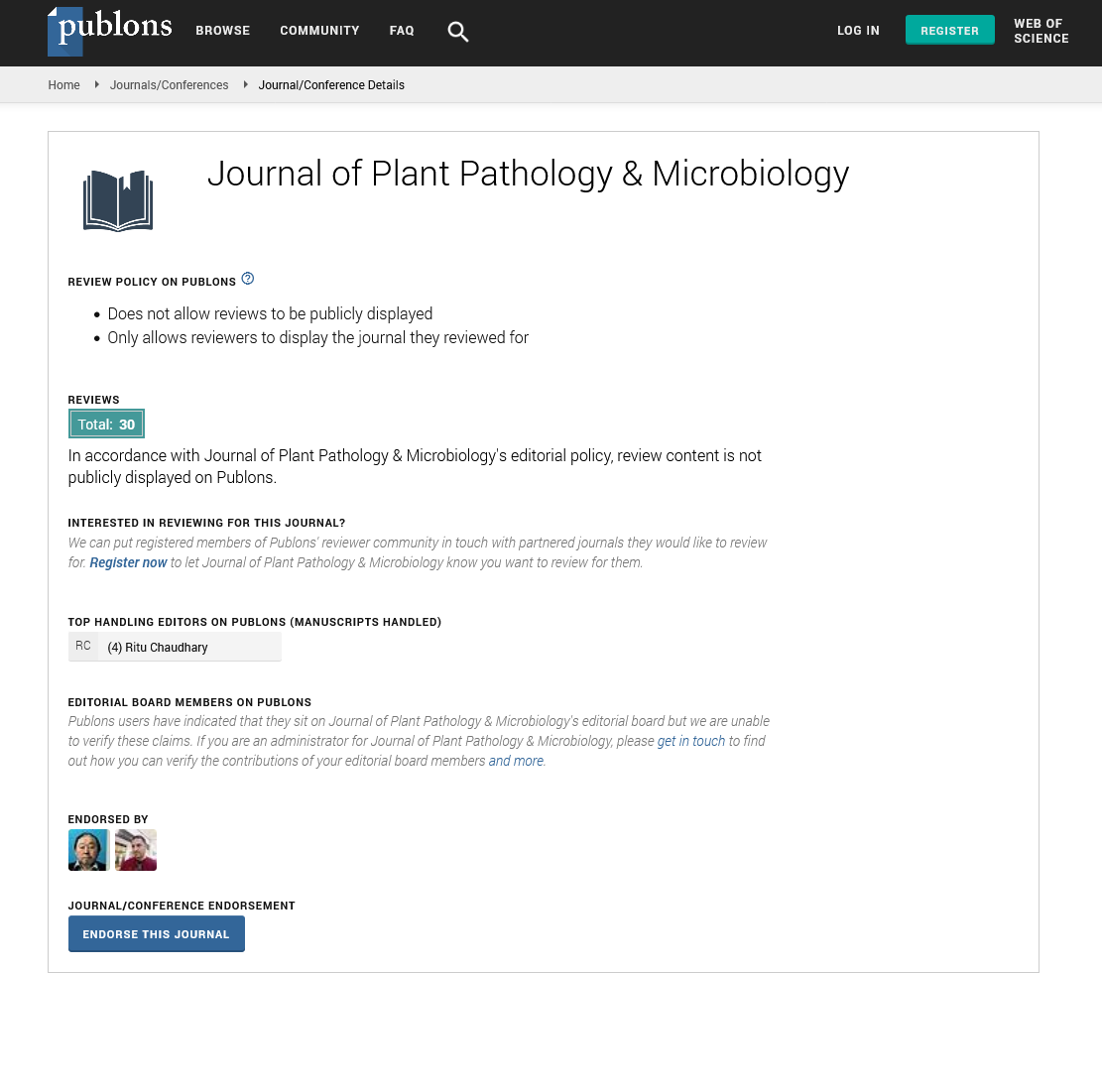PMC/PubMed Indexed Articles
Indexed In
- Open J Gate
- Genamics JournalSeek
- Academic Keys
- JournalTOCs
- CiteFactor
- Ulrich's Periodicals Directory
- Access to Global Online Research in Agriculture (AGORA)
- Electronic Journals Library
- Centre for Agriculture and Biosciences International (CABI)
- RefSeek
- Directory of Research Journal Indexing (DRJI)
- Hamdard University
- EBSCO A-Z
- OCLC- WorldCat
- Scholarsteer
- SWB online catalog
- Virtual Library of Biology (vifabio)
- Publons
- Geneva Foundation for Medical Education and Research
- Euro Pub
- Google Scholar
Useful Links
Share This Page
Journal Flyer

Open Access Journals
- Agri and Aquaculture
- Biochemistry
- Bioinformatics & Systems Biology
- Business & Management
- Chemistry
- Clinical Sciences
- Engineering
- Food & Nutrition
- General Science
- Genetics & Molecular Biology
- Immunology & Microbiology
- Medical Sciences
- Neuroscience & Psychology
- Nursing & Health Care
- Pharmaceutical Sciences
Opinion Article - (2024) Volume 15, Issue 3
Nanotechnology in Plant Disease Control: A Revolution in Crop Protection
Received: 30-Aug-2024, Manuscript No. JPPM-24-28219; Editor assigned: 02-Sep-2024, Pre QC No. JPPM-24-28219 (PQ); Reviewed: 16-Sep-2024, QC No. JPPM-24-28219; Revised: 23-Sep-2024, Manuscript No. JPPM-24-28219 (R); Published: 30-Sep-2024, DOI: 10.35248/2157-7471.24.15.726
Description
Nanotechnology has emerged as a innovative field with the potential to revolutionize various sectors, including agriculture. In the context of plant disease control, nanotechnology offers innovative approaches to enhance crop protection, reduce the reliance on traditional pesticides, and contribute to more sustainable farming practices. By using the unique properties of nanoparticles, nanotechnology can improve the efficiency, specificity, and safety of plant disease management strategies. This approach is gaining increasing attention as researchers explore its potential to address challenges posed by pathogens, pests, and environmental factors in agriculture.
Nanotechnology refers to the manipulation of matter at the molecular or atomic scale, typically in the range of 1 to 100 nanometers. At this scale, materials exhibit unique physical, chemical, and biological properties that differ significantly from their bulk counterparts. These properties make nanomaterials highly effective in delivering active ingredients, such as fungicides, pesticides, or growth-promoting substances, to plants in a controlled and targeted manner. By enhancing the bioavailability and uptake of these substances, nanotechnology can improve the effectiveness of plant disease control while minimizing harmful environmental impacts.
One of the main advantages of using nanotechnology in plant disease control is the ability to develop nanomaterials that can act as carriers for fungicides or other plant protection agents. Nanoparticles can be designed to encapsulate active ingredients and release them gradually over time, providing long-lasting protection against fungal pathogens. This slow-release mechanism ensures that the active ingredients remain effective over an extended period, reducing the need for frequent applications and improving overall efficiency. Additionally, the small size of nanoparticles allows them to penetrate plant tissues more effectively, delivering the active agents directly to the site of infection.
Nanomaterials, such as silver, copper, and zinc oxide nanoparticles, have shown promising antifungal properties. Silver nanoparticles, for example, have demonstrated antimicrobial activity against a wide range of plant pathogens, including fungi responsible for diseases like powdery mildew and Fusarium wilt. Copper nanoparticles, known for their broadspectrum antimicrobial activity, can also be used to control fungal infections in crops. These nanoparticles can either be applied as foliar sprays or incorporated into soil treatments, offering versatility in their application. The use of nanomaterials with intrinsic antifungal properties can complement or even replace traditional chemical fungicides, reducing the overall chemical load in the environment and minimizing the risk of pathogen resistance.
In addition to their direct antifungal effects, nanoparticles can also help stimulate plant defense mechanisms. When nanoparticles are applied to plants, they can trigger a defense response by activating the plant’s immune system. This phenomenon, known as priming, enhances the plant’s ability to resist infections from fungal pathogens. Nanoparticles can induce the production of Reactive Oxygen Species (ROS), which are molecules that play a key role in the plant's defense against pathogens. By priming the plant’s immune system, nanotechnology not only provides direct protection but also boosts the plant’s overall resilience to future pathogen attacks.
Another promising application of nanotechnology in plant disease control is the use of nanosensors for early detection of plant pathogens. Nanosensors can detect the presence of specific pathogen molecules or environmental stressors at very low concentrations, enabling early diagnosis of plant diseases. This early detection can help farmers implement timely control measures before the disease spreads, minimizing crop loss and reducing the need for excessive pesticide use. Nanosensors can be integrated into diagnostic tools or monitoring systems, providing real-time data on plant health and disease status.
Nanotechnology can also enhance the efficiency of pesticide delivery systems. Traditional pesticides often suffer from issues such as poor solubility, rapid degradation, and non-target effects, which can lead to environmental contamination and resistance development. Nanoparticles can overcome these challenges by improving the solubility and stability of pesticides, ensuring that they are more effective and safer for both plants and the environment. Additionally, Nano carriers can be designed to target specific areas of the plant, reducing the amount of pesticide needed and minimizing its impact on non-target organisms.
Citation: Joseph L (2024). Nanotechnology in Plant Disease Control: A Revolution in Crop Protection. J Plant Pathol Microbiol. 15:726.
Copyright: © 2024 Joseph L. This is an open access article distributed under the terms of the Creative Commons Attribution License, which permits unrestricted use, distribution, and reproduction in any medium, provided the original author and source are credited

